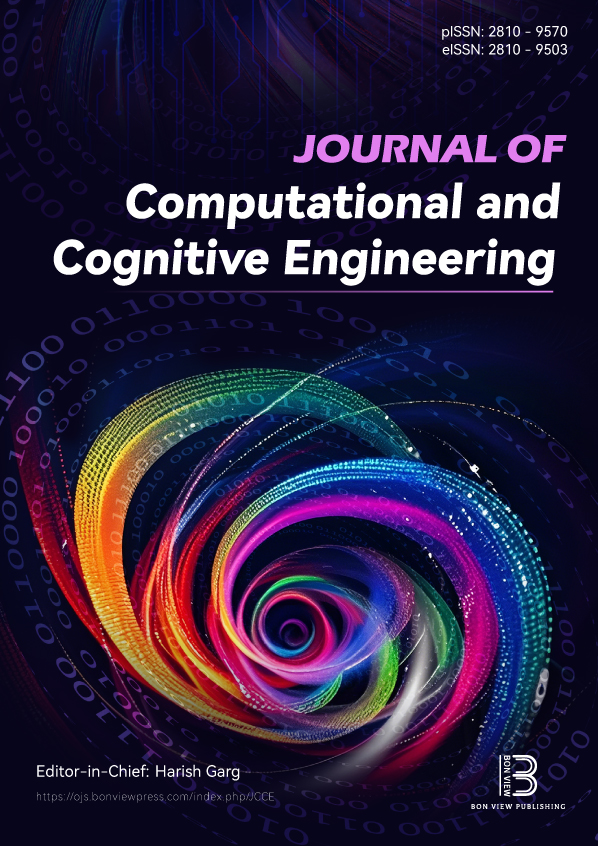Early-Stage Diabetic Retinopathy Diagnosis with Feature Pyramid Networks and Spatial Pyramid Pooling Utilizing Full-Field Optical Coherence Tomography (FF-OCT)
DOI:
https://doi.org/10.47852/bonviewJCCE52024763Keywords:
diabetic retinopathy (DR), early-stage diabetic, deep learning (DL), full-field optical coherence tomography (FF-OCT), Feature Pyramid Networks (FPNs), spatial pyramid poolingAbstract
Diabetes is a disease that is growing at the highest rate globally, and it has several impacts. One of such complications is diabetic retinopathy (DR), which causes damage to the retina and vision impairment. DR can be mild, and it can also be severe, and there are many shades in between. Therefore, it is possible to avoid vision loss if DR is diagnosed and treated in its early stages. Diagnosis of DR today is still a tedious process as only ophthalmologists can diagnose it using digitized colorful retinal fundus images. This article describes a new strategy for the early identification of DR that combines full-field optical coherence tomography (FF-OCT) with sophisticated deep learning (DL) algorithms, notably Feature Pyramid Networks (FPNs) linked with spatial pyramid pooling (SPP). FF-OCT produces high-resolution, cross-sectional pictures of the retina, revealing precise structural changes that occur before apparent symptoms of DR. We created a multiscale DL framework that takes advantage of the capabilities of FPNs and SPP to efficiently process and evaluate the fine features of FF-OCT images. The FPN design detects changes in the retinal structure at different scales, which improves the network's performance in detecting early signs of DR. On the other hand, the SPP module collects contextual information from several sub-regions of the image to provide a stable and accurate feature representation regardless of the size and location of the lesion. These models were trained and validated on this dataset using performance indicators such as sensitivity, specificity, and area under the ROC curve (AUC). The findings of this paper suggest that the FPNs with the SPP model are superior to the traditional image analysis methods and the standard Convolutional Neural Network in diagnosing early-stage DR.
Received: 9 November 2024 | Revised: 10 March 2025 | Accepted: 3 April 2025
Conflicts of Interest
The authors declare that they have no conflicts of interest to this work.
Data Availability Statement
The data that support the findings of this study are openly available in Kaggle at https://www.kaggle.com/datasets/paultimothymooney/kermany2018.
Author Contribution Statement
Anitha Jaikumar: Conceptualization, Methodology, Software, Validation, Formal analysis, Investigation, Resources, Data curation, Writing – original draft, Visualization. Sreenivasa Chakravarthi Sangapu: Conceptualization, Formal analysis, Investigation, Resources, Writing – review & editing, Supervision, Project administration.
Metrics
Downloads
Published
Issue
Section
License
Copyright (c) 2025 Authors

This work is licensed under a Creative Commons Attribution 4.0 International License.






